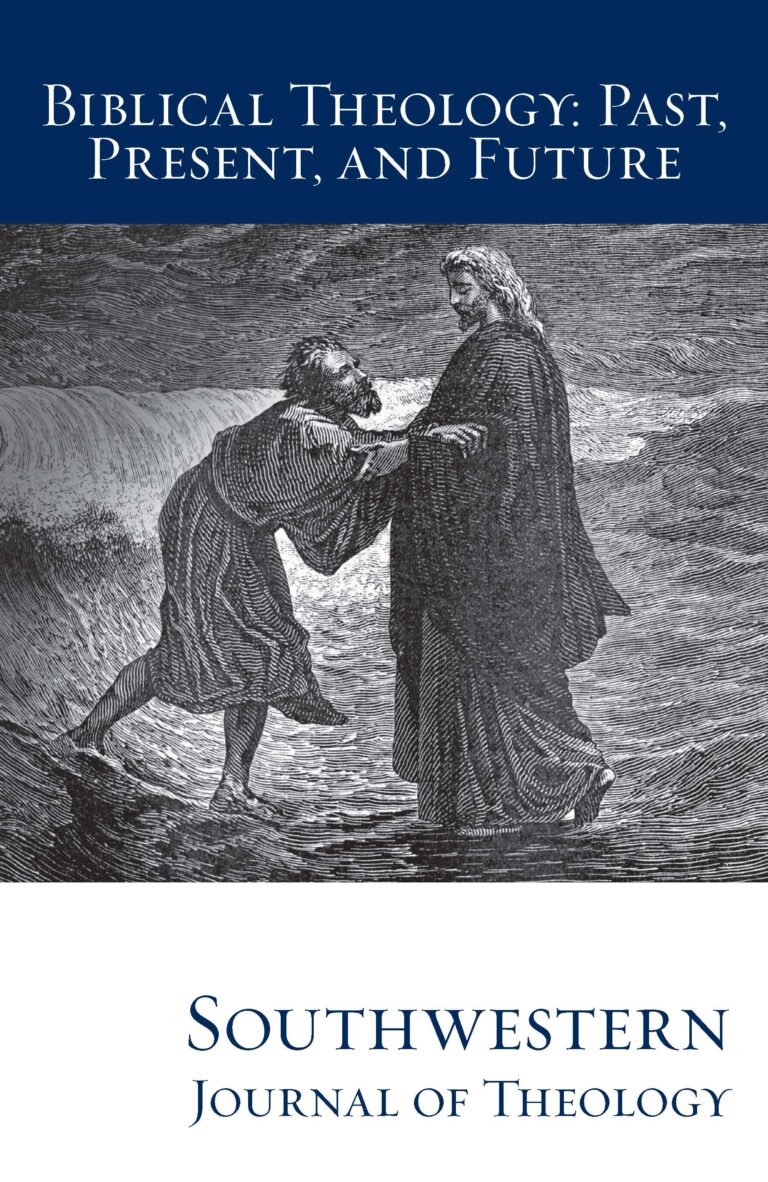
Biblical Theology: Past, Present, and Future (II)
Southwestern Journal of Theology
Volume 56, No. 1 – Fall 2013
Managing Editor: Terry L. Wilder
By Raymond Person, Jr. Leiden: Brill, 2010. 205 pages. Hardcover, $131.00.
In this book, Person argues that Deuteronomy through Kings, referred to as the Deuteronomic History (DH), and Chronicles are both the result of a long process of editorial work that finishes in the Persian period. His argument goes against a strong tide of scholarship for the past century that has viewed DH as exilic and viewed Chronicles as a Persian (or later) work that used DH as its main source for the history of the pre-exilic monarchy.
According to his own admission, his argument is based on his assessment of the most probable historical reconstruction that can account for the complexities of DH and the existence of Chronicles. His reconstruction proceeds along the following lines. First, scribes active during the Judean monarchy were exiled into Babylon. These scribes brought with them texts from Judah and continued to preserve and edit them in exile. Some within this group of scribes returned to Jerusalem with Zerubbabel. This school of scribes is what Person identifies as the Deuteronomic school. During this period the school finished editing DH. Another group of scribes remained in Babylon until Ezra returned to Jerusalem. They accompanied Ezra, established a competing scribal school, and eventually displaced the Deuteronomic school. Their work did not start with DH, but began with the texts that were preserved and edited in exile. He argues that this reconstruction allows for diversity and unity in DH, accounts for the similarities between DH and Chronicles, and explains the differences between the two historical works.
Much of Person’s book is heading off challenges to his reconstruction: 1) there are significant linguistics differences between DH and Chronicles, 2) Chronicles appears to omit important background because it is found in DH, 3) DH and Chronicles have represent differences in ideology that can be traced to their historical context, and 4) although Chronicles likely used a different form of Samuel than the Masoretic text, the same does not appear to be true for Kings.
First, the current consensus regarding linguistic differences is that they reflect the historical development of Classical Hebrew. DH exhibits Standard Biblical Hebrew; Chronicles exhibits Late Biblical Hebrew. Person builds on recent challenges to the consensus and suggests that his reconstruction which involves two different scribal schools with a common origin in Babylon could account for the linguistic differences. However, his suggestion does not deal adequately with the linguistic character of Ezekiel nor does it explain the preponderance of Standard Biblical Hebrew over Late Biblical Hebrew.
Second, Person argues the model of production for Chronicles should be shifted. Because the scribes who wrote Chronicles operated in an oral context, they did not view their work as a modern book. Instead, their role was to instantiate the larger tradition of their context. They drew on the larger tradition available to them within their oral context and accessed it, most often through memory and dialogue, and worked to record it so that it may be handed down to the next generation. Using this model, Person mollifies the challenge that Chronicles assumes information from DH. However, this model does not explain the existence of sophisticated literary artistry that spans a large amount of text (e.g., chiasmus), nor is one able to determine whether Chronicles is drawing from assumed tradition since the only evidence for the tradition is found in DH and Chronicles.
Third, because of the oral context in which these works were produced, the scribes were comfortable with multiformity. By multiformity Person means that the scribes often understood what modern readers might call different texts as the same thing. He argues that the scribes responsible for DH and those responsible for Chronicles likely would not have noticed any real difference in their works. Therefore, they can both be works arising from the same general context.
Fourth, by examining the Hebrew and Greek textual witnesses, he argues that the material unique to DH or Chronicles is not original to DH because it is found in different locations among the textual witnesses. Therefore, Chronicles did not use DH, but an earlier version of it.
Person’s work is a stimulating challenge to the consensus regarding the relationship between DH and Chronicles. Although I do not share many of his presuppositions nor agree with his thesis, his work highlights some current important questions in Old Testament studies. For one, it raises the question of what role orality played in the production and preservation of biblical books. For those interested in academic research on Samuel-Kings or Chronicles, the book is a good example of emerging trends in biblical research regarding linguistic dating, the relationship of orality and textuality, and the question of multiformity.





